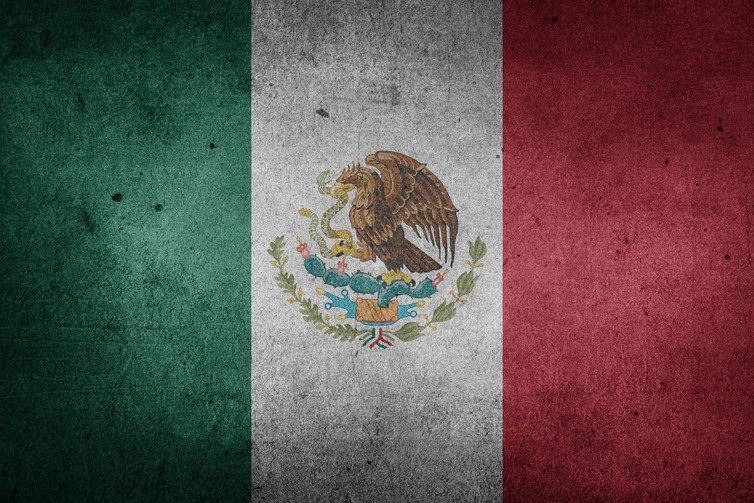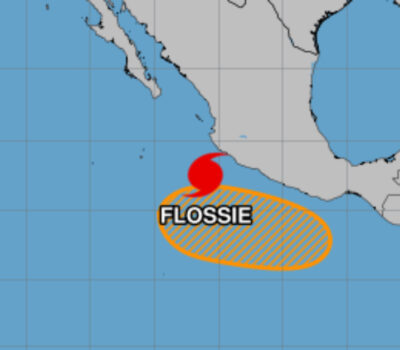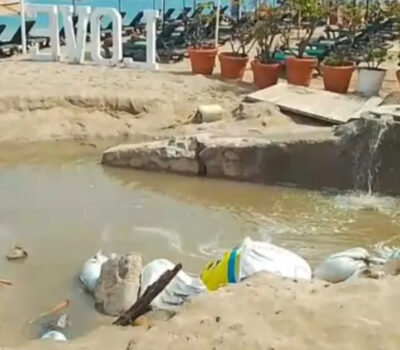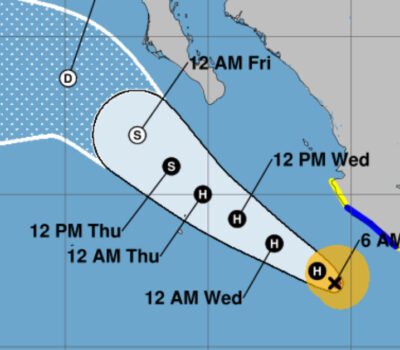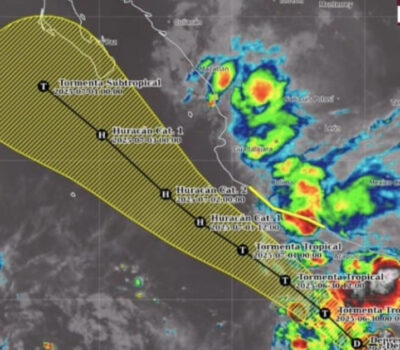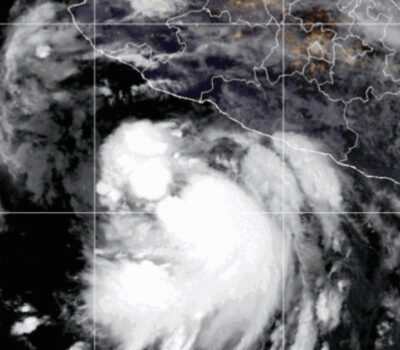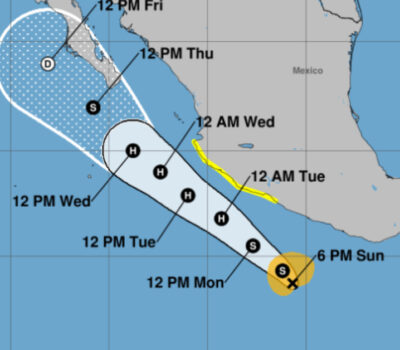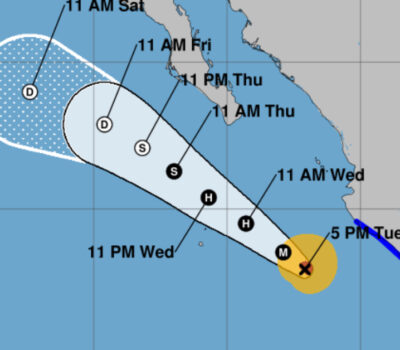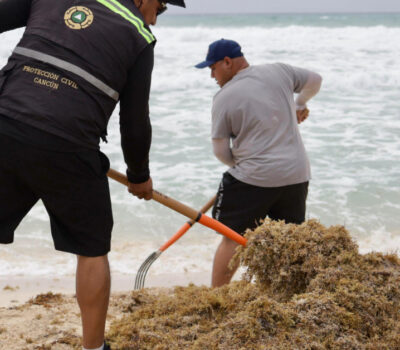During the colonial period, the Spanish Americas were governed under the 14th-century formula, “Obedézcase, pero no se cumpla”: obey, but do not comply. This double legal standard acknowledged the king’s authority while preventing royal law from encroaching upon local customs and guild privileges.
The affirmative command (obey) came with a built-in negation (do not comply), undermining the rule of law. For Spanish colonies like Mexico, that meant three centuries of whimsically applied justice, which allowed corruption to flourish. Historically speaking, then, institutionalised public malfiesance is pretty old news in Mexico.
And yet, by any measure, graft in Mexico has reached stunning new highs this year. Over the past five months, three state governors have been arrested abroad while trying to escape justice, and fully eleven of the country’s 32 total governors are currently under investigation or fighting prosecution for corruption.
Today, nearly 90% of Mexicans see the state and federal government as deeply corrupt, according to the Mexican National Institute of Statistics and Geography. Citizens regard corruption as the second most important problem facing the country, after crime and violence.
Runaway governors
Among the country’s many incriminated governors is Roberto Borge, whose state, Quintana Roo, is home to the tourist meccas of Cancun and Tulum.
In June, he was apprehended in Panama after fleeing accusations of, among other crimes, using thugs to drive people off beachfront hotels and homes after court officers connected to his network had seized the properties from their owners.
The August 2016 incidents made world headlines, spooking international tourists already uneasy about Mexico’s homicide epidemic.
Borge was the third rogue governor rounded up in 2017. In April, after five years on the run, Tomás Yarrington, who lead the Gulf coast state of Tamaulipas from 1999 to 2005, was arrested in Italy in a joint operation by Interpol and the Mexican police.
He stands accused of taking millions in bribes from both the Gulf and the Zeta cartels, two of the most vicious criminal organisations that have terrorised Mexico for the past decade.
Six days after Yarrington’s capture, former Veracruz governor Javier Duarte (2010-2016) was tracked down in Guatemala after months on the lam. He allegedly stole almost US$3 billion, bankrupting his home state in the process.
An investigation by the newspaper Animal Político found that US$35 million destined for social programmes was paid instead to phantom companies. The Veracruz government has also accused Duarte of diverting health funds meant to pay for chemotherapy for young people with cancer. Rather than receive the medication Avastin, children were dispensed distilled water.
Among Duarte’s illicit gains seized by the Mexican government are apartments, luxury ranches, dozens of bank accounts (in Mexico and abroad) and works of art by Joan Miró, Rufino Tamayo and Fernando Botero, among others.
His family had no regrets about their ill-begotten wealth. In a notebook believed to belong to Duarte’s wife, Karime Macías, the phrase, “Yes, I deserve abundance” appears no fewer than 45 times.
Power (back) to the people
The exploits of Mexico’s fugitive governors, which alternately entertained and appalled Mexicans for most of this spring, were a blow to Mexico’s scandal-plagued president, Enrique Peña Nieto.
Duarte was close to the president, who once praised him for his honesty, and all three runaway governors are affiliated with his ruling Institutional Revolutionary Party (PRI). In 2012, then-candidate Peña Nieto claimed that the party was renewing its ranks with “new politicians who are doing things differently”, naming Borge and Duarte specifically.
Five years later, political analysts in Mexico are now considering the current political class a lost generation of public servants.
The president (who has since “forgotten” praising Duarte and his ilk), touted his arrest and that of Yarrington as a “firm message” that corrupt public officials will have to “answer for their actions”.
His administration says it aims to create a national anti-corruption system that would, at least on paper, give the federal government ample tools to combat corruption. But the Senate, which is dominated by PRI and by its main opposition, the National Action Party (PAN), has for years failed to appoint an anti-corruption prosecutor.
In any case, a study by a Senate think tank now shows that scandal-weary citizens are already distrustful of the government’s proposed anti-corruption efforts, even before they’ve launched.
The legislature’s failure to act, coupled with the administration’s recent appointment of the PRI senator Raúl Cervantes Andrade as attorney general, has triggered national alarm about nepotism and profiteering.
New constitutional rules mandated the president to appoint an independent attorney general for a nine-year term. But Cervantes is a close ally of Peña Nieto, and as senate president he helped the president secure major legislative victories.
Critics fear his term will amount to a decade of impunity for Peña Nieto, Duarte, Yarrington and other corrupt Mexican leaders.
The lost transition
The PRI, which ruled Mexico for most of the 20th century, has long been tainted by corruption. For 71 years the party used it as an instrument to dominate Mexico’s technically democratic electoral system, distributing wealth and power among its loyal ranks.
When the PAN’s Vicente Fox was elected as the first non-PRI president, in 2000, Mexicans hoped a new era had begun. Shortly after he took office, President Fox appeared in a series of TV spots claiming that the time to “clean the government of corruption” had arrived.
But both Mexicans and their newly elected government soon learned how deeply institutionalised corruption was in Mexico. In May 2001, Fox’s secretary of foreign affairs, Jorge G. Castañeda, confessed to the Spanish newspaper El País that the democratic transition was proving harder than he and the president had foreseen.
“The most damaging legacy of PRI’s authoritarianism is not political repression but corruption”, Castañeda said in the May 2001 article.
Rather than end corruption, Fox’s triumph changed it in unexpected ways.
As the public intellectual Jorge Carpizo once acknowledged, appointing governors was one of a PRI president’s unwritten constitutional powers. During the party’s uninterrupted seven-decade reign, just a handful of non-PRI governors ever won state election (and only starting in the 1990s), and governors were expected to be subservient to the president.
Once the PRI lost power in 2000, state leaders no longer owed loyalty to the president. With limited federal oversight, governors – whose powers include controlling state legislatures, auditors and prosecutors – enjoyed unchecked power over federal funds allocated to their states. Many have since ruled with high impunity.
Castañeda claims that he saw this coming, and advised Fox to orchestrate a clean break with the PRI, prosecuting corrupt PRI officials.
But the president, who needed the PRI’s votes in Congress to implement his agenda, rejected this idea, calling his foreign secretary “crazy” and a “cabrón” (dumbass). With this hearty dismissal went Mexico’s chance at a complete transition into democracy and the rule of law.
The generation of governors that emerged has been called the most corrupt in Mexican history.
From the new PRI?
In 2012, Mexicans voted PRI into office again, putting the future of accountability for such corruption in the hands of the party that spawned it. The odds of federal action seem bleak.
Back during the colonial period, people who were victims of abuses (abusos), bribery (cohecho) and other forms of corruption (mala administración) could file a complaint against public officials, and the king would send an investigator to check things out. If appropriate, the king’s envoy could suspend the investigated official and give out preliminary punishments for his misdeeds.
Today it’s civil society that’s playing the investigator role. In modern Mexico, stronger transparency laws and a freer media are helping citizens and watchdog groups uncover and, if not end, then at least turn corruption incidents into major public scandals.
In June, activists and journalists revealed that the Peña Nieto administration had been spying on its political enemies via their cellphones.
Even Mexican youngsters are old enough to be fed up. Last spring, ten-year old Ángel Jacinto Toh Nun of Quintana Roo took the stage during the annual “Children’s Parliament” to denounce corruption, berating politicians for “doing everything to conserve their privileges, without caring about the misery Mexicans are going through”.
“You, members of Congress”, he thundered, “what are you doing to put Roberto Borge behind bars? Are you afraid, or did they [just] find your price?”
![]() In the current climate, such questions, once posed, aren’t likely to fade into silence. Sooner or later, the government will be compelled to answer, if only at the ballot box: Mexico’s next general election is less than a year away.
In the current climate, such questions, once posed, aren’t likely to fade into silence. Sooner or later, the government will be compelled to answer, if only at the ballot box: Mexico’s next general election is less than a year away.
Luis Gómez Romero, Senior Lecturer in Human Rights, Constitutional Law and Legal Theory, University of Wollongong
This article was originally published on The Conversation. Read the original article.
During the colonial period, the Spanish Americas were governed under the 14th-century formula

